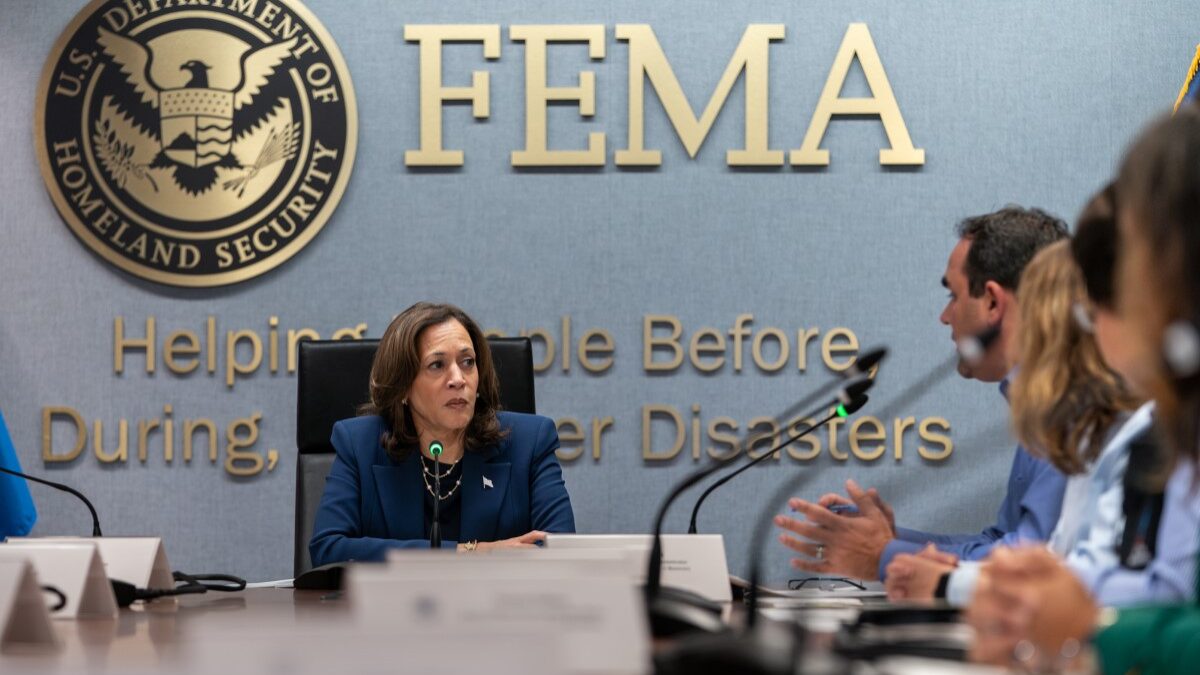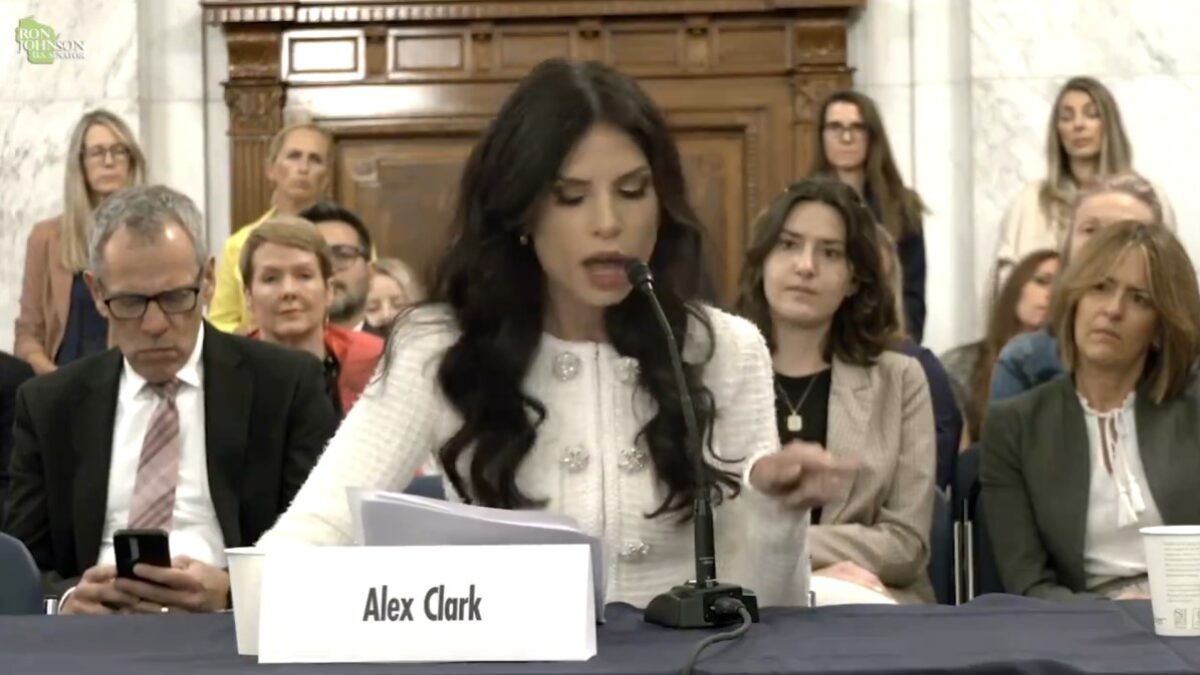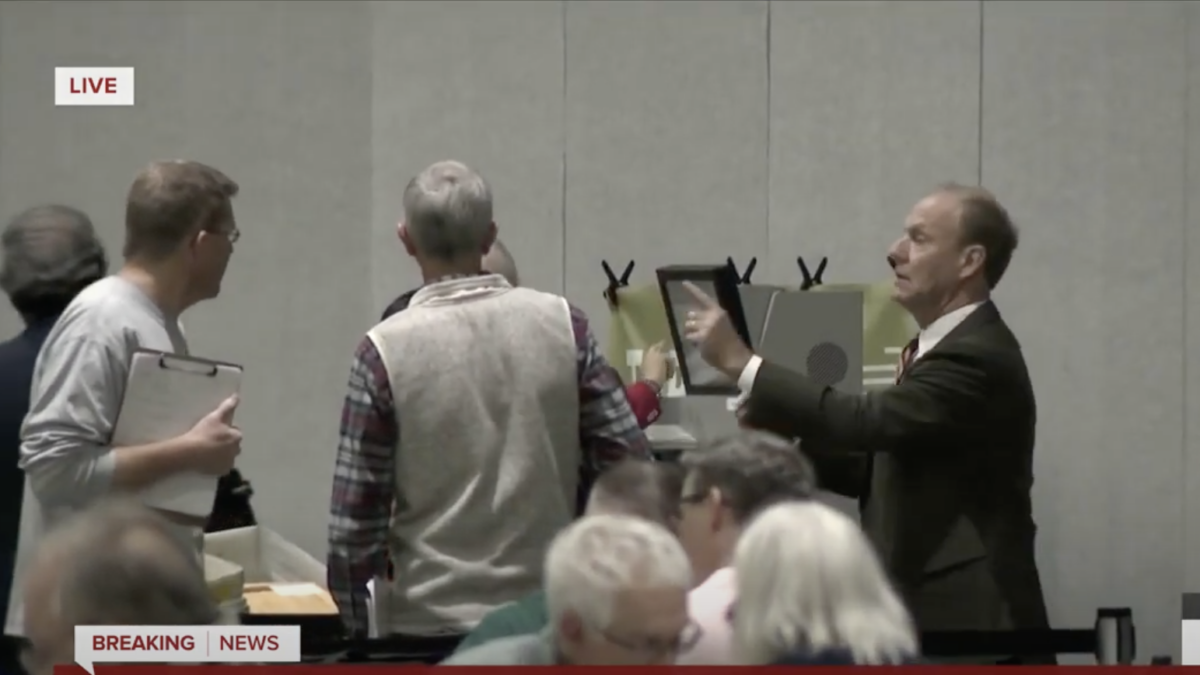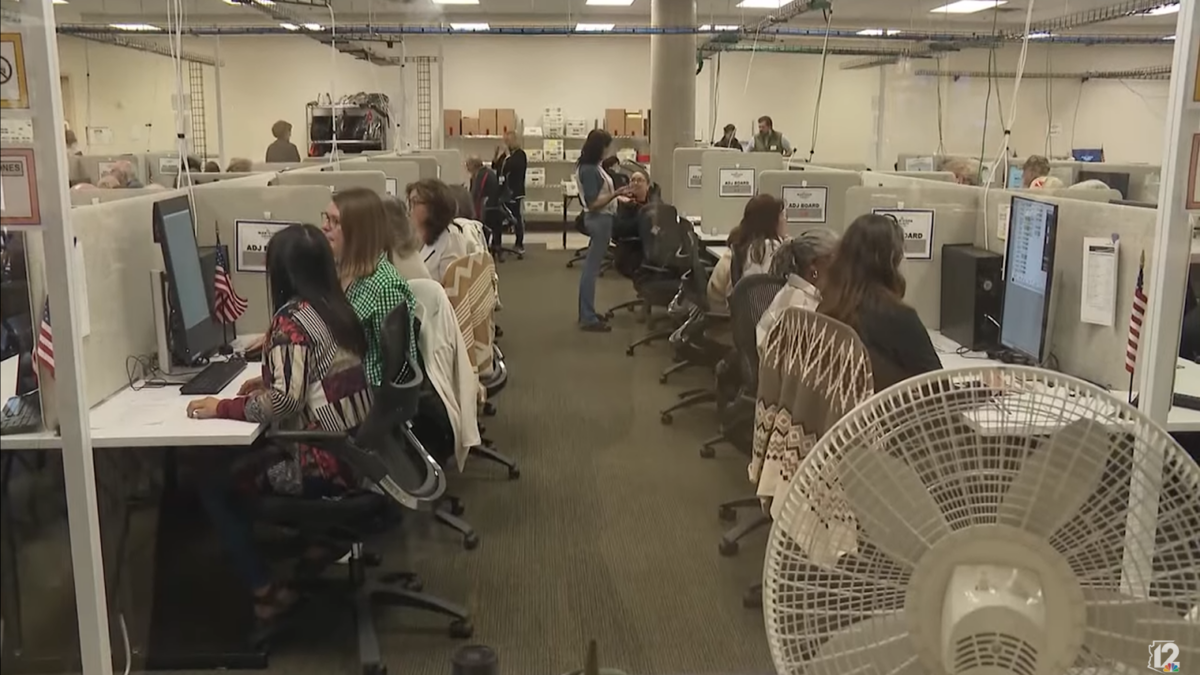Headline writers across the web loved the latest scientific study on rats, cancer, and cell phones. Science and health writers don’t often have click-worthy content, and the possibility of writing a piece linking a device that almost every American adult owns with the health diagnosis they fear most was tantalizing. CNN’s was particularly clickbait-y: “Cell phone radiation increases cancers in rats, but should we worry?”
The study would be far less interesting, and garner far fewer clicks for news outlets, and much less notoriety for researchers and their institutions, if the actual findings were more clearly laid out. What were they, exactly? While it’s true that rats that were exposed to cell phone radiation developed tumors at a higher rate than the control group, that might have something to do with the fact that the rats exposed to radiation lived significantly longer than their counterparts who were not. An equally splashy (and equally half-true) headline could have been: “Cell phone radiation increases rats’ lifespan.” (hat-tip on that to Skepchick)
Why Scientists Manipulate People
As with journalism, scientists have a perverse incentive to warp their findings to garner more clicks, shares, and buzz. Scientists’ institutions and universities survive in large part on the whims of donors and grants. Those who have the strongest case for more funding (read: continued job security and paychecks) are those whose names and findings make the news.
Journalists and scientists aren’t the only ones ramping up the hype for the sake of more buzz. The press releases written and submitted to the press are also often filled with exaggeration, a study conducted late last year found. Science news wrote of the findings, released in the British Medical Journal:
[The results] showed that 40 percent of press releases contained explicit advice not indicated in the journal article. Another 33 percent of claims in press releases used stronger language than in the journal article. Finally, 36 percent of press releases inferred that a finding was related to human health when the study was not actually performed in humans.
How do findings become so warped from the lab to the headlines, and why are readers unable to discern the truth? One of the most fundamental issues is a lack of transparency and original work conducted in scientific reporting. Because of the time constraints most journalists face, often one writer will regurgitate the work of another, and these rewrites often omit links to the original studies.
What News and Scientists Won’t Tell You
What would readers have learned had they read the original research in the case of rats, cell phones, and cancer? Uri Manor, a science PhD who trained at the National Institutes of Health, explained what he found most egregious in the reporting of this particular study after going through the data. He told me:
The study in itself might not have had anything wrong in it, but they released preliminary results that haven’t been through the peer-review process yet. That’s the gold standard in science. Scientists take a lot of pride in this process, and we tend to be very careful and we know reviewers won’t go easy on us if we exaggerate our actual findings. Even in this pre-print that was released there were reviewer comments, and some of the reviewer comments were extremely negative and critical, but that isn’t mentioned in any of the articles published about the study that I read.
Right off the bat, in this day-in-age, there’s a real desire to win clicks and have the splashiest headline and be the most exciting story out there. And all of the nuance is removed. And science is all in the details. So many of the stories on these studies [which make the news] irk me because so often there’s a real lack of nuance in reporting the actual findings of the study.
The incentives for spicing up science reporting affects every party involved: journalists, news organizations, scientists, and their institutions. Each and every branch has an interest in getting scientific findings and studies to make the news, even if the supposed conclusions reached are gross exaggerations.
The media is one of the least trusted institutions in American society (it’s currently at a historic low according to Gallup), and that’s for good reason. In a story last year on Americans’ waning trust of scientists, the Washington Post bemoaned that America “risks drifting into a new Age of Ignorance.” While there is a real case to be made for the dumbing down of the American mind, it behooves the scientific community to consider why trust in their work is following the same trajectory as trust in the media.









